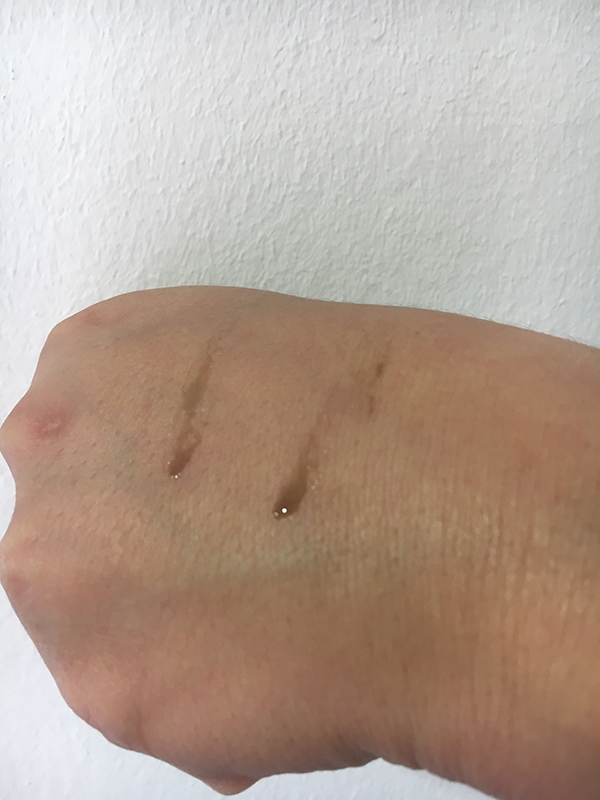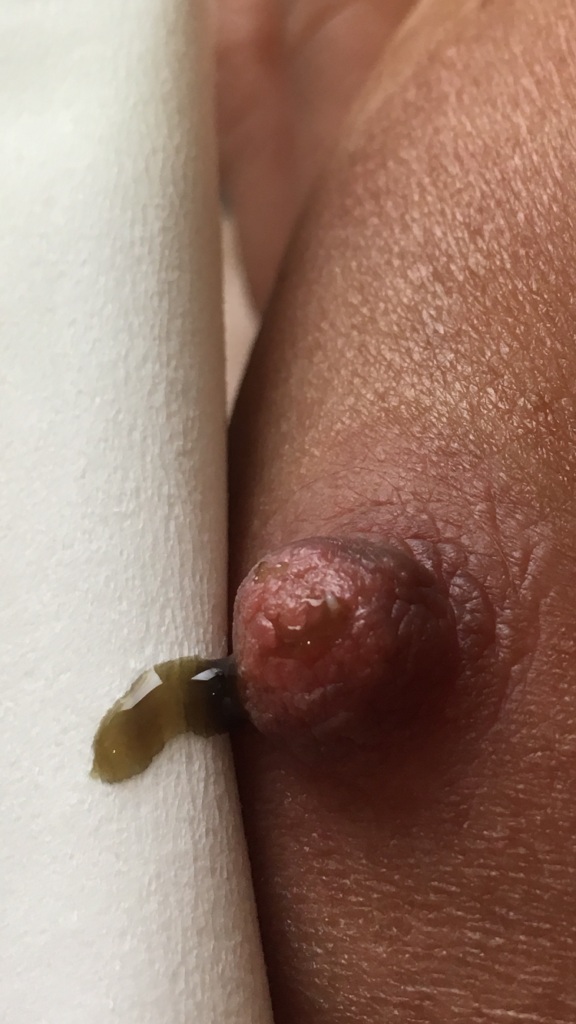
I have stopped breastfeeding, but green liquid comes out of my nipples – mammary duct ectasia
“Hi, I am writing to you because today I got terrified. It’s been two years since I stopped breastfeeding my son, and today, I squeezed my nipple to teach a friend how to hand-express breast milk. But then I was shocked to see some dark green liquid coming out of my nipple. What should I do? I don’t even know where to ask for help…”
What happens when green liquid comes out of my nipples, and I have stopped breastfeeding? We have decided to talk about this topic, which is not strictly about breastfeeding, but for which we receive many consultations because there is very little information available. So today, we talk about mammary duct ectasia.
What is mammary duct ectasia?

Mammary duct ectasia, or widening of a breast duct, is a benign process that many mothers who have stopped breastfeeding a long time ago may go through.
Ductal ectasia occurs when a mammary duct under the nipple widens, and the walls of the duct thicken and fill with fluid, which becomes trapped there. The milk duct may become blocked or clogged with a thick, sticky, and quite dark green-brownish-brown substance.
This often doesn’t cause any symptoms, but some women may have nipple discharge, breast tenderness, or inflammation of the obstructed mammary duct.
It usually occurs after the age of 40 or years after stopping breastfeeding as the mammary glands involute.
Involution, what is that?
The mammary gland is made up of two types of tissue. The tissue that is responsible for milk production and the tissue that is responsible for giving shape and volume to your breasts.
The second type of tissue changes when you stop breastfeeding. Normally, when stopping breastfeeding, the breast first loses fatty tissue, which is why the breasts are usually smaller and softer. Years later, this recovers by increasing the volume of the breast a little bit.
However, for the mammary gland tissue, which is responsible for making milk, it does not make sense to stay active when breastfeeding stops or when a woman enters menopause. So, it gradually destroys in a natural, physiological, and benign process.
What about this dark discharge?
The fluid is just made of cells of the mammary duct walls along with lipids and minerals. The color can vary from a lighter green to a darker green. It is also quite common for other white or transparent droplets to come out of your nipple when you squeeze it.
But the most important thing is that this substance should not come out spontaneously; it should appear only when you squeeze your nipple.
If a liquid comes out spontaneously or is red, it is always best to immediately get medical advice from a gynecologist.
Is it dangerous?
Mammary duct ectasia is a benign process of the breast that usually does not require treatment. But if you have pain, your healthcare professional (such as a gynecologist or mastologist) may recommend a round of treatment with anti-inflammatory drugs and antibiotics.
A common question is whether this issue is related to breast cancer. The answer is no; breast duct ectasia does not increase the risk of breast cancer.
What should I do?
Whenever you notice any changes in your breasts, in your nipple, or have any nipple discharge, it is recommended that you always talk to your healthcare professional, such as a gynecologist or mastologist, to verify that it is indeed a benign process.
Additional resources: https://www.mayoclinic.org/diseases-conditions/mammary-duct-ectasia/diagnosis-treatment/drc-20374806